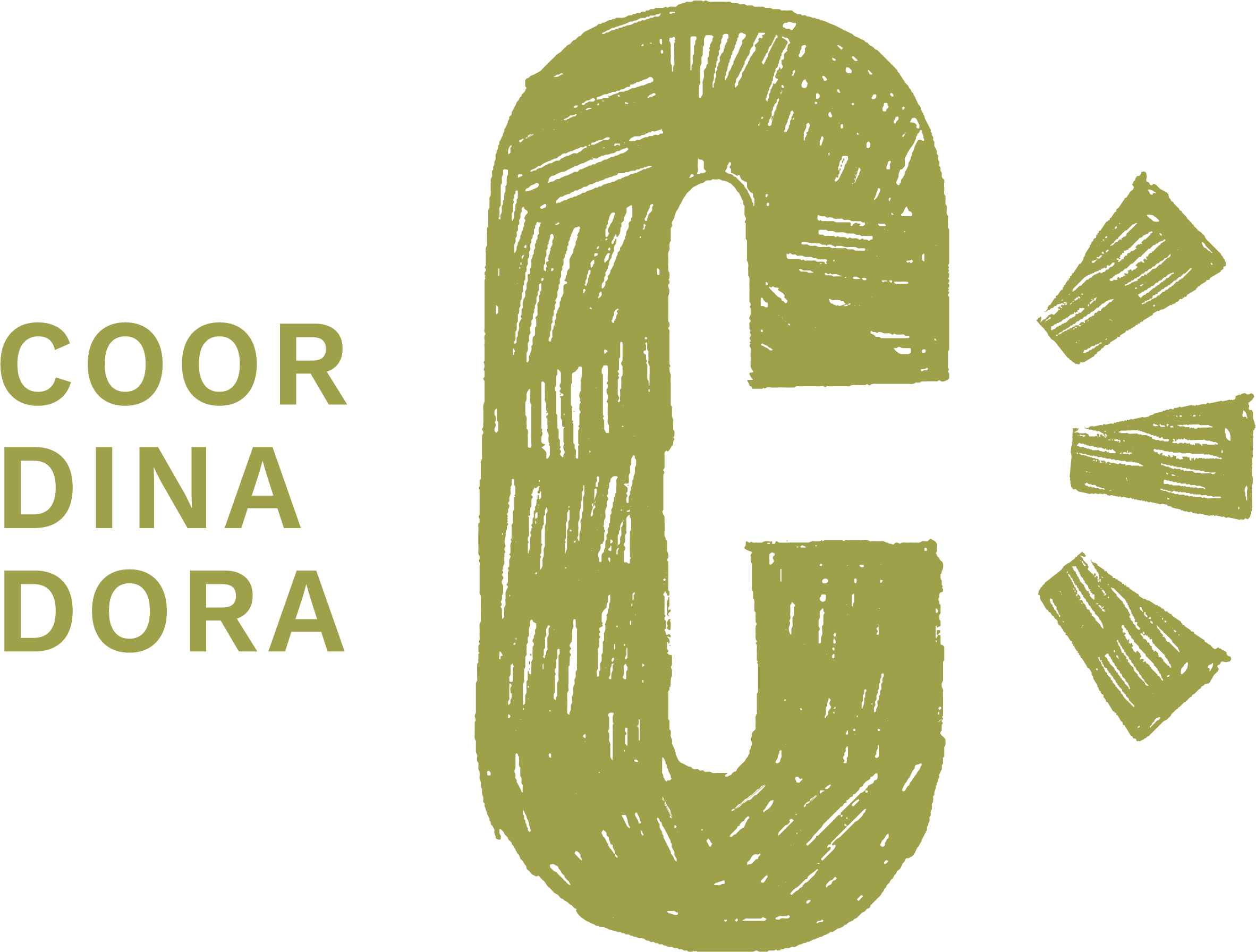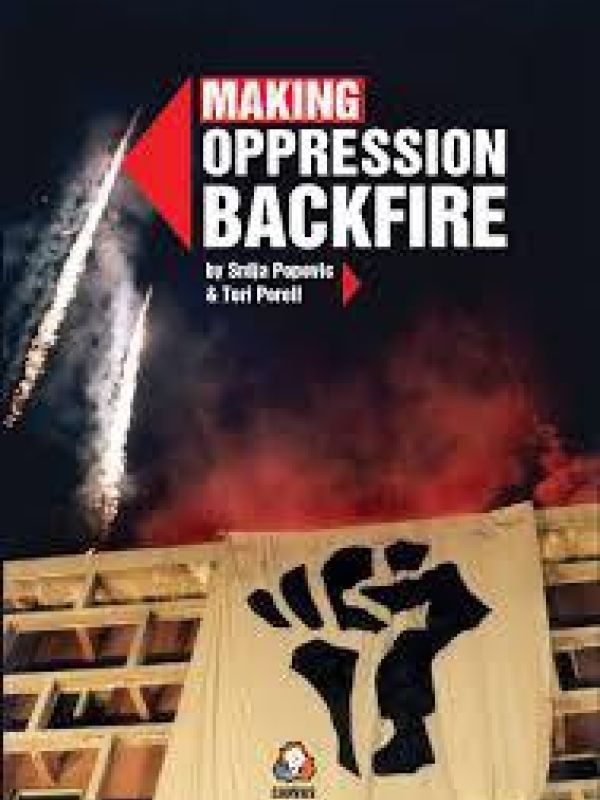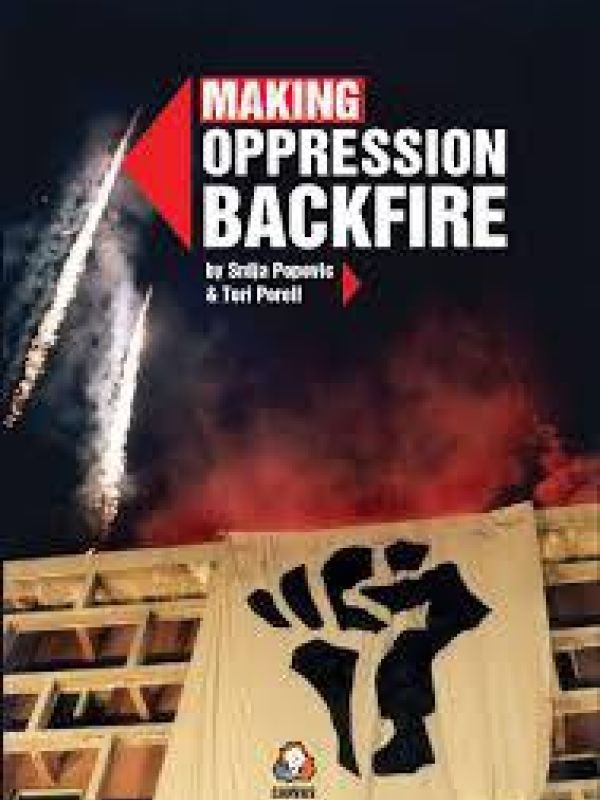Making oppression backfire
The history of nonviolent conflict is often con - nected to noble goals: human rights, democracy, social and economic equality. However, the ug - liest face of oppression has also always been a part of the people power history: arrests, use of security forces, teargas, beatings, long jail sen - tences, torture and even the firing of live rounds towards those who demand change is a harsh reality of this type of struggle.
Oppression, the exercise of power in a burden - some or unjust manner, in the face of a nonvio - lent movements is a harsh reality of nonviolent struggle. It unites people against a common enemy. The primary reason for oppression by an authority is two-fold:it punishes disobedi - ence, but also prevents future disobedience by sending a personal warning. It can vary in the nature and intensity, from mild to lethal, and in the frequency, from occasional to everyday, but it is always based on similar rules.
Similar to other tools in the activist’s kit, like picketing, public speeches and hunger strikes, capitalizing oppression is an important skill set for nonviolent activists. When oppression is preventing a movement from moving forward, there are certain measures that can be taken, al - lowing for your enemy’s exploitation of power to become a benefit and step towards success for you. Tapping into resources at your movement’s disposal including international media, jail oc - cupation and leaders that become martyrs, your movement will strengthen its legitimacy while shaming the authority it opposes








